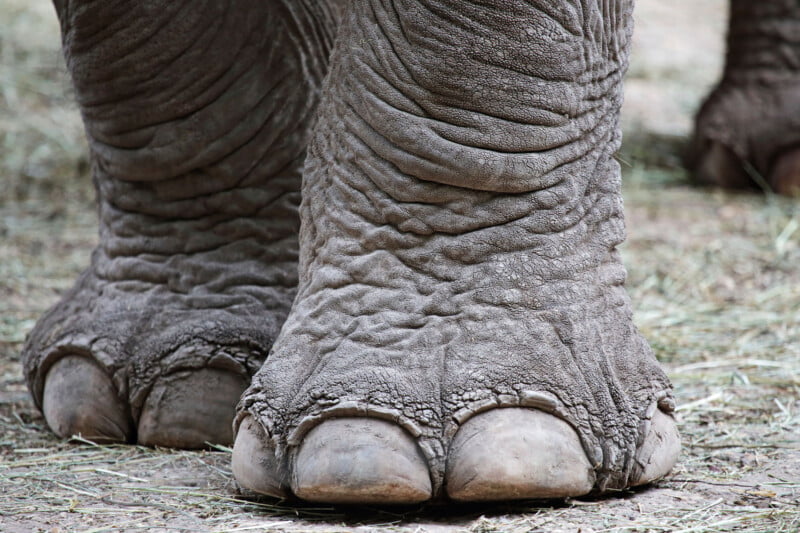Tall Elephantsfoot (Elephantopus elatus) is a native wildflower found in the southeastern United States, and it plays a valuable role in the ecosystem, particularly for butterflies.
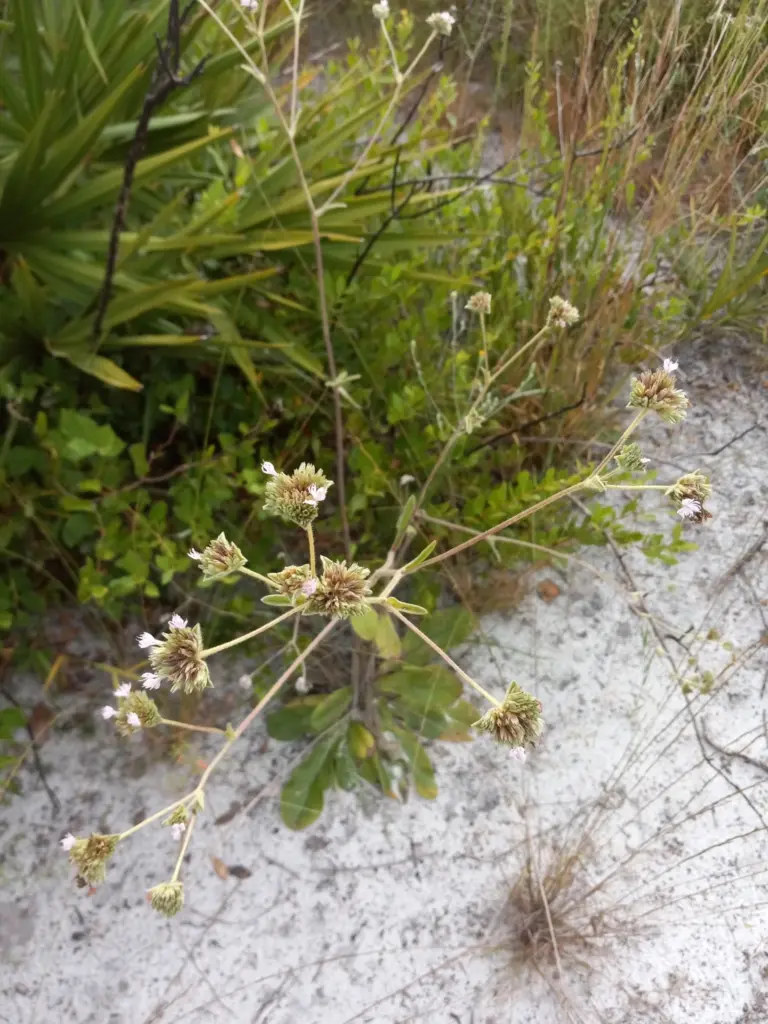
Here are the main uses and benefits of Tall Elephant’s Foot to butterflies in the U.S. Southeastern Forest:
1. Nectar Source
Primary Attraction: Tall Elephant’s Foot serves as an important nectar source for various butterfly species. The plant flowers from late summer into fall, a critical period when many other natural nectar sources may be declining. This timing makes it especially valuable for butterflies preparing for migration or entering diapause (a period of dormancy).
Species Supported: Butterflies such as skippers and other nectar-seeking insects are commonly attracted to Tall Elephant’s Foot. The plant’s flowers provide essential nutrients that these insects need for energy, particularly during active periods of feeding, mating, and migration.
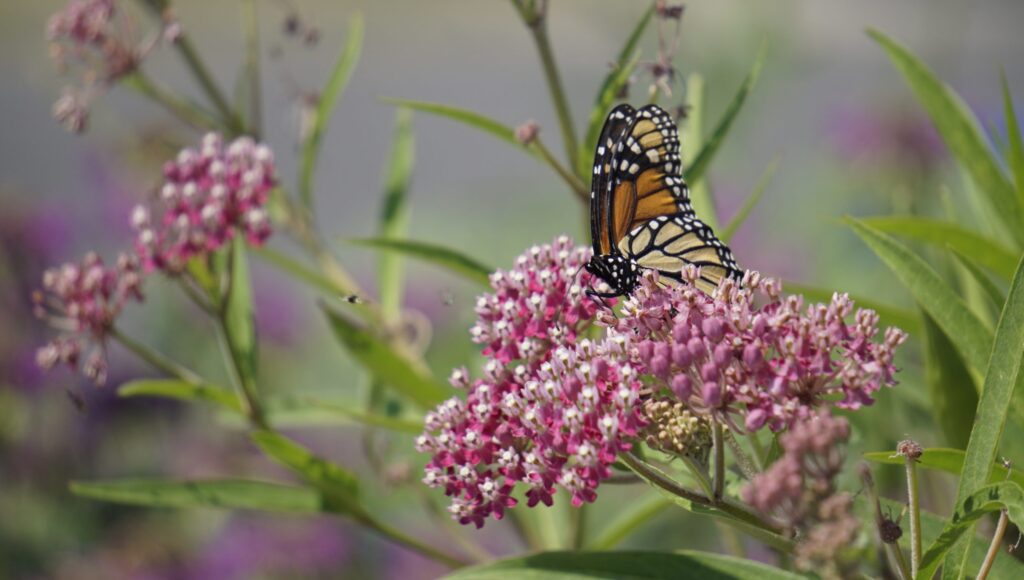
25 Florida-Native Swamp Milkweed Seeds (Asclepias Incarnata) for 2024
Our premium Asclepias Incarnata seeds, originating from our conservation land in Polk County Florida, provide an excellent opportunity to transform your outdoor space into a haven for the mesmerizing Milkweed Butterflies. These seeds offer an effortless way to cultivate a garden sanctuary that supports the life cycle of these delicate and fascinating creatures. These Swamp Milkweed seeds are recommended for USDA Hardiness Zone 9 and the rest of its native range. 25 seeds.
2. Habitat Enhancement
Understory Component: As part of the understory in southeastern forests, Tall Elephant’s Foot contributes to the biodiversity and structural complexity of these ecosystems. By providing cover and foraging opportunities, it helps create a more favorable habitat for butterflies and other wildlife.
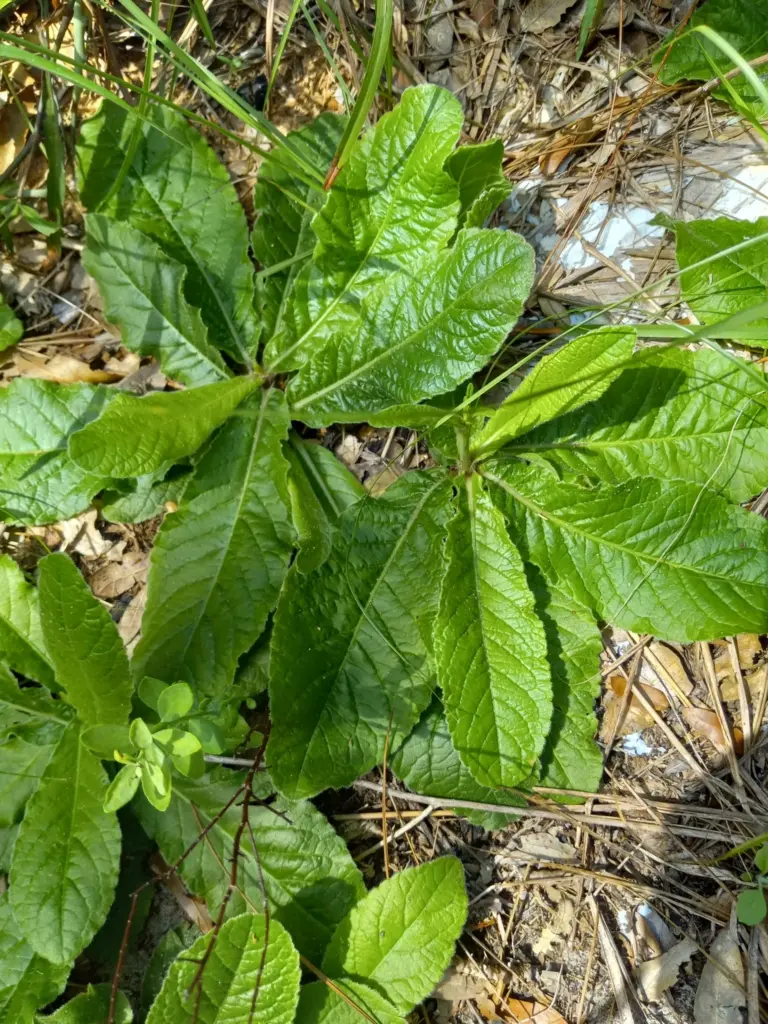
Successional Growth: In areas recovering from disturbances (such as cleared or previously developed lands), Tall Elephant’s Foot can be part of the successional growth that eventually restores a more balanced ecosystem, which is beneficial for butterflies that rely on diverse plant communities for survival.
3. Ecological Relationships
Pollination: While butterflies are not the primary pollinators of Tall Elephant’s Foot (bees tend to be more effective for this particular plant), the interaction between butterflies and the plant’s flowers aids in the overall pollination process, contributing to the health of the local ecosystem.
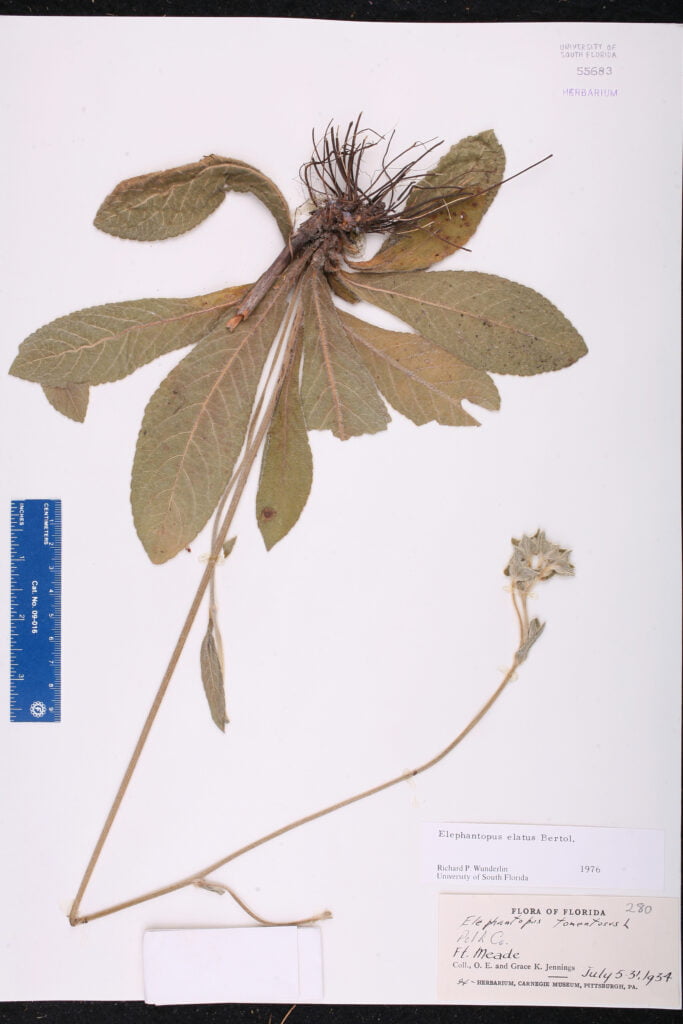
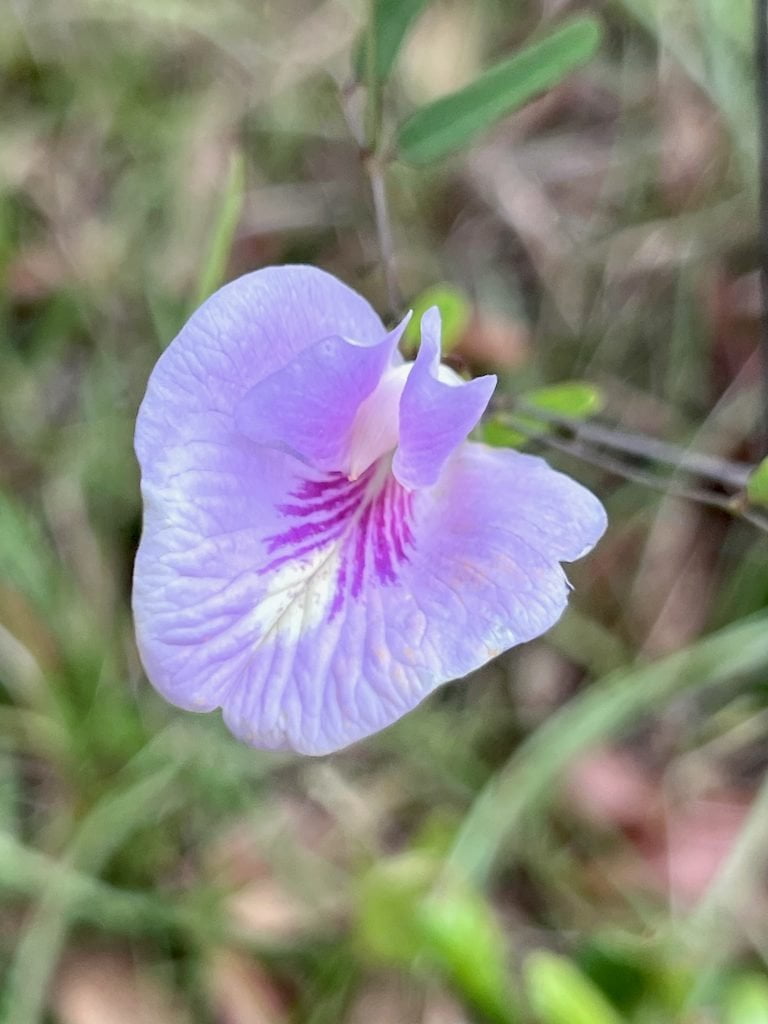
2 Sweet-Scented Pigeonwings (Clitoria Fragrans) Seeds for 2024 – Florida Native – FL ONLY
Clitoria fragrans is a rare species of flowering plant in the legume family known by the common name pigeon wings, or sweet-scented pigeon wings. It is endemic to Central Florida and is listed as federally endangered. If you think you can grow one, then you can help Johnny on his mission to restore endangered species… one day at a time!
4. Conservation and Restoration
Use in Native Plantings: Tall Elephant’s Foot is often included in native plant gardens and restoration projects aimed at conserving local flora and fauna. Its ability to attract butterflies and other pollinators makes it an excellent choice for these projects, promoting ecological balance and supporting wildlife populations.
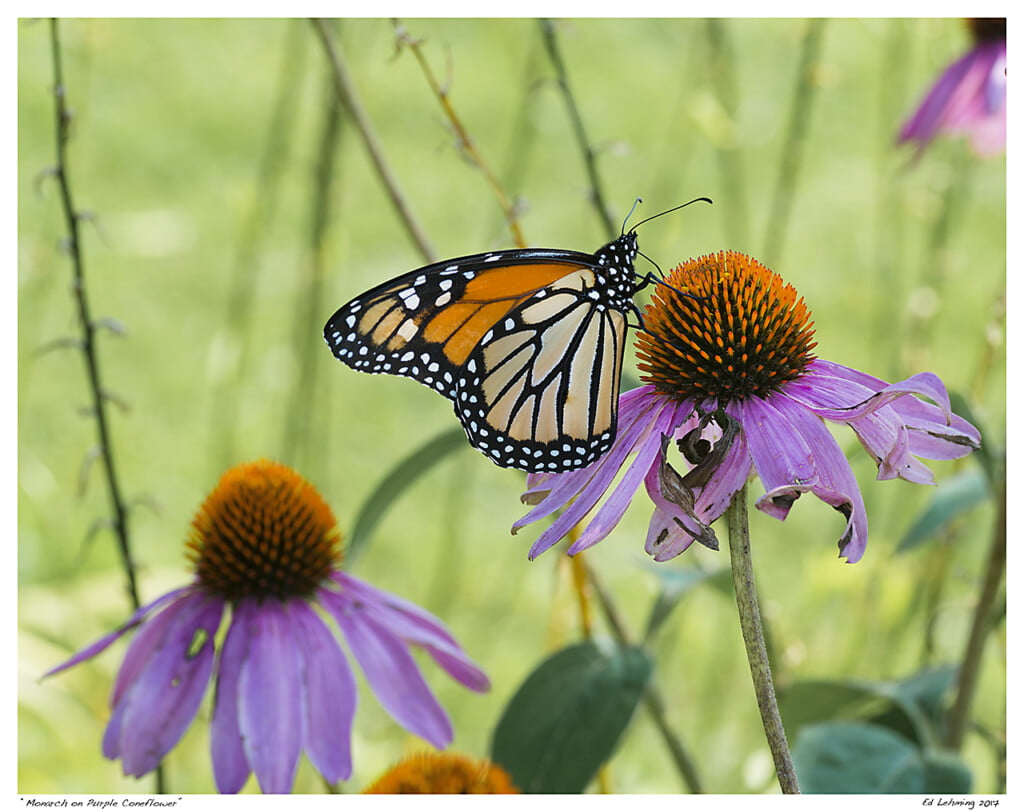
50 Organic Purple Coneflower Seeds (Echinacea purpurea) for North America
Purple Coneflower Seeds (Echinacea purpurea) harvested 2023 for all of North America. Certified Organic by MOFGA. USDA Zones 3-9. More than 50 seeds.
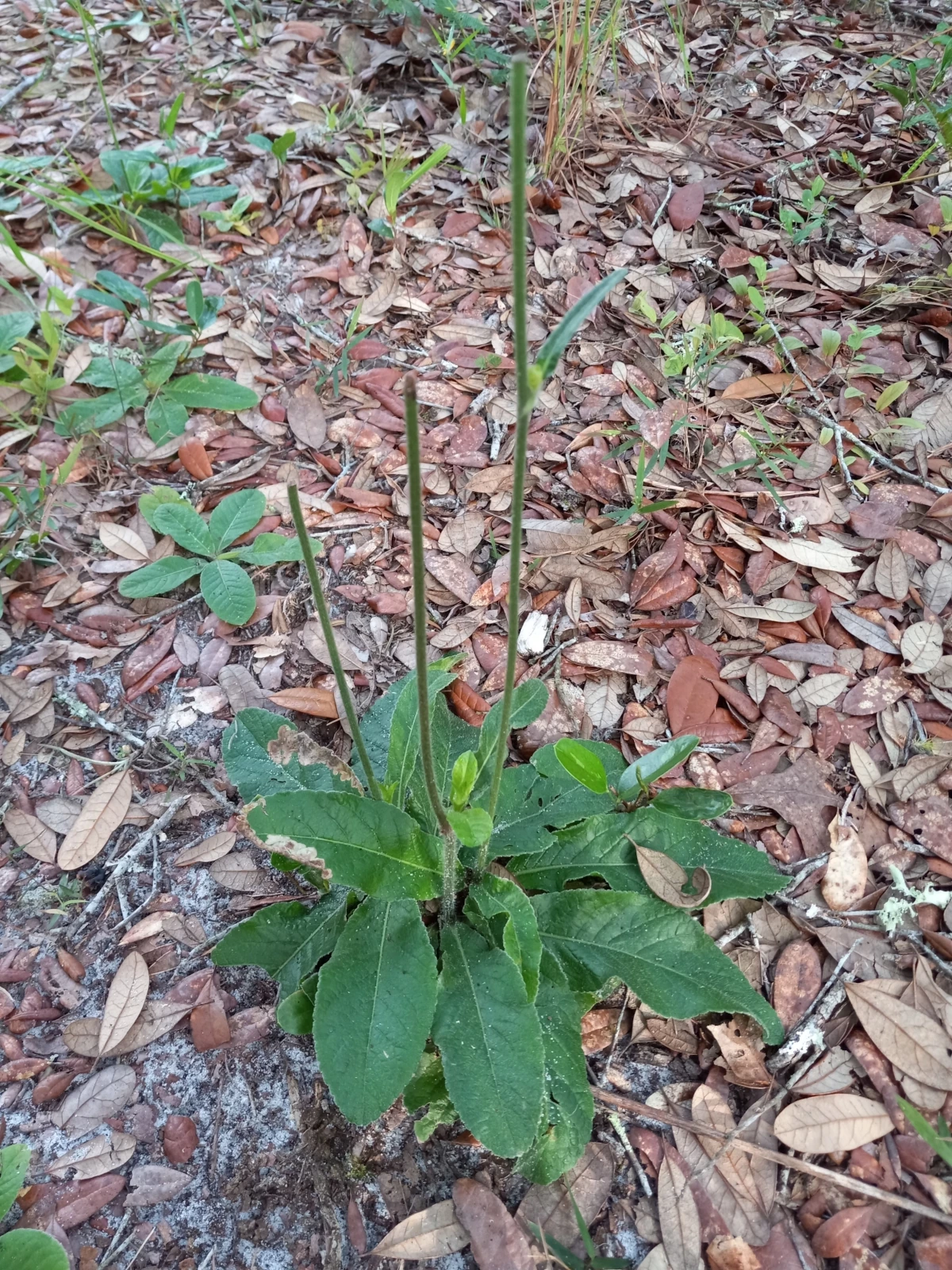
Tall Elephantsfoot is a valuable native plant in the southeastern United States, offering significant benefits to butterflies through nectar provision, habitat enhancement, and participation in broader ecological relationships. Its presence in forest understories and in restoration projects helps support not only butterflies but a wide range of pollinating insects and other wildlife, highlighting its role in maintaining biodiversity and ecosystem health.

The Adventures of Johnny Butterflyseed – Author Signed First Edition Children’s Book
Save the monarchs!
Johnny Butterflyseed and his fairy friend, Raven Silverwing, embark on a mission to save the rapidly disappearing butterflies. They enlist the help of Queen Venus Goldwing and her kingdom of monarchs to educate and inspire kids to become butterfly farmers. At first, Johnny faces his own internal struggle with self-doubt and fear in his ability to make a difference, but then soon develops a mindset that allows him to not only get started, but also make progress one day at a time. Through challenge after challenge, Johnny learns that he is not alone in his mission and that there are many people who want to help. Together, Johnny, Raven, and Queen Venus educate thousands of children on becoming butterfly farmers.
